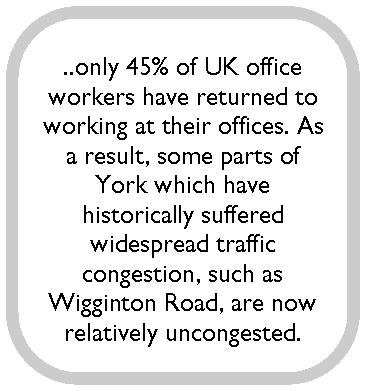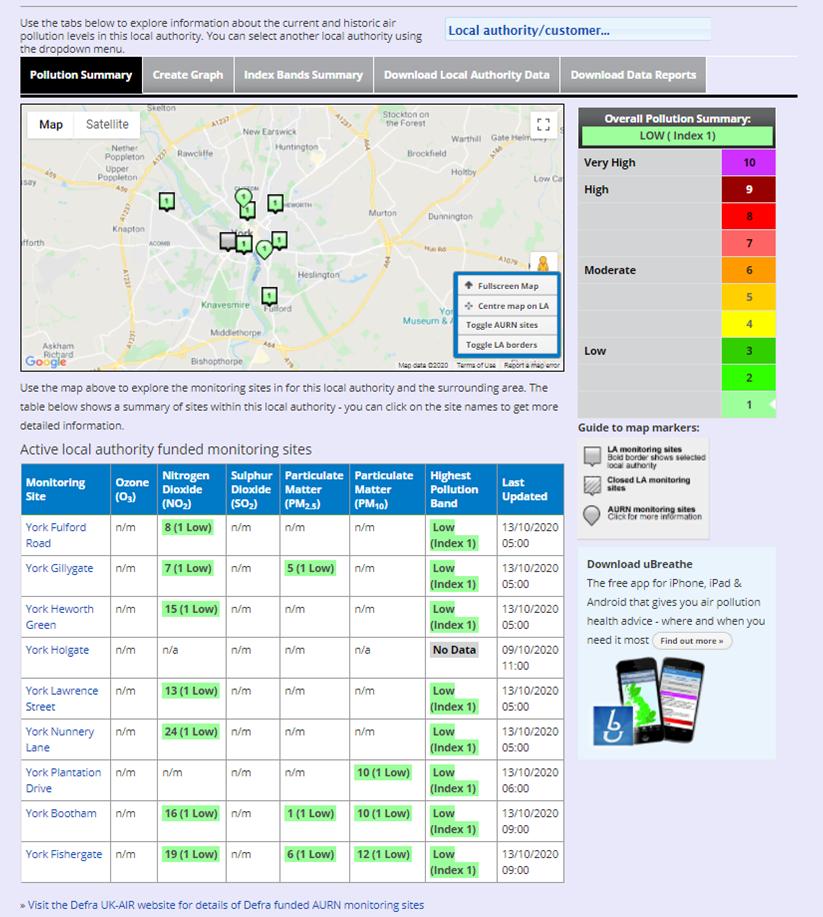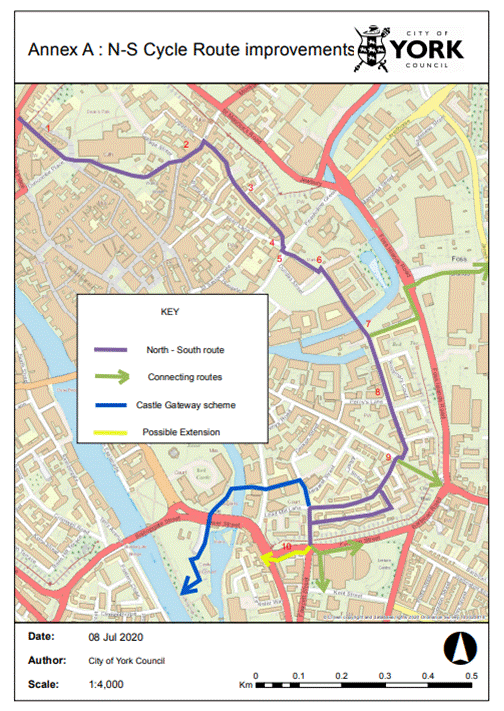Cycling numbers decline in York
It looks like more of the road restrictions introduced in the summer, as part of the Councils reaction to the COVID crisis, will be dropped.
The most criticised restriction – closure of Bishopthorpe Road – was scrapped a couple of months ago, although officials are now threatening to revive the idea as part of “a review of the Local Transport Plan”.
A report to a meeting taking place next week provides an insight into how travel habits have changed in the City since COVID struck.

The most recent monitoring data, for September, shows that AM peak traffic volumes are around 80% of pre-lockdown, with the PM peak around 85% of pre-lockdown levels. Between the peaks, and at weekends, vehicle trips are down by around 5-10%. Bus use is 50-60% of pre-lockdown levels.
There is some bad news for the cycling lobby.
“Cycling levels appear to have fallen by around 30% in the peaks, whilst interpeak levels are not changed in comparison to the same period last year. It is likely that fewer people are commuting to and from work by bike or cycling to the railway station for onward travel by train, offset by higher levels of exercise/ leisure cycling”.
The report pointedly fails to comment on pollution and air quality levels in the City. These continue to be at record low levels (so probably don’t suit a doom and gloom narrative).

Several of the “emergency” schemes involved little more than putting out more traffic cones. Those in the Marygate and Monk Bar car park were largely unnecessary. The £10,000 a month taxi shuttle service for disabled people from the latter continues to run although it is little used. Most of the 40 parking spaces lost at Marygate are set to be restored as part of a new scheme to install a permanent cycle path link to Bootham.
Of the others, the report recommends
- The temporary one way restriction on Coppergate is extended
- The temporary cycle lane at Castle Mills Bridge on Tower Street is removed (only 3% of users are cyclists and there is an alternative, off road, route along the riverside)
- The proposed scheme for improvements to York’s North – South cycle route is taken forward to implementation, with a proposed restriction on Navigation Road
- The proposed scheme for improvements to cycle lanes on Bootham is taken forward to implementation, with a consultation commenced on the rest of the Shipton Road cycle lane scheme, including the element which would require changes to residents’ parking on parts of Bootham.
The Council has not heard whether its plea for funding a further tranche of works will be approved. These include the very expensive, but desirable, cycle bridge over the river and railway on the A1237 as well as some more eccentric ideas (a cycle path for Dunnington to the City centre).
Despite the lack of obvious government enthusiasm for the Councils plans, the authority intends to spend £40,000 on further development of the ideas.
As we have said many times, one of the main criticisms of the Councils transport polices over the last 12 months has been its total insensitivity to the state of repair of the existing infrastructure.

That is particularly true of cycle paths many of which are obstructed by potholes, weeds, and hedges. White lines have worn away, signage has faded and, in some cases, disappeared altogether.
It is that neglect that is limiting the expansion of walking and cycling numbers in the City.
Capital expenditure (funded by borrowing) is limited to providing or improving assets with an extended lifespan. Resurfacing existing paths could fall within that definition.
The suspicion is that the executive Councillors favour high profile vanity projects simply because they provide an opportunity for a good “Photo Op”.
The reduction in the numbers cycling is one symptom of poor prioritisation

